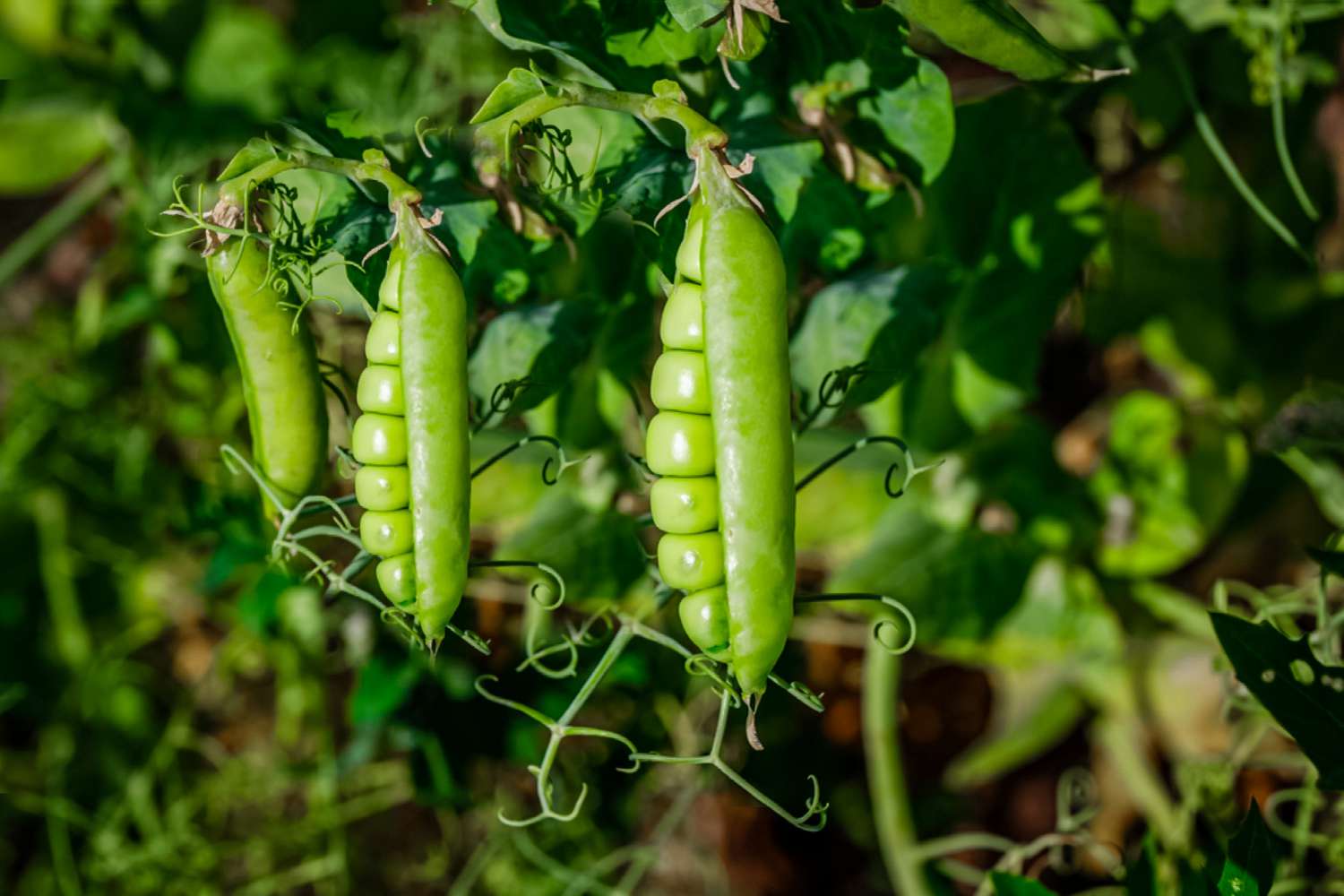

Articles
How To Cook Garden Peas
Modified: August 27, 2024
Learn how to cook garden peas with our easy gardening tips and step-by-step instructions. From planting to harvesting, discover the joy of cultivating your own delicious peas.
(Many of the links in this article redirect to a specific reviewed product. Your purchase of these products through affiliate links helps to generate commission for Storables.com, at no extra cost. Learn more)
How To Cook Garden Peas
When it comes to cooking garden peas, using the right techniques can make all the difference in enhancing their taste and texture. Whether you prefer boiling, steaming, stir-frying, microwaving, or roasting, each method offers a unique way to enjoy these delicious and nutritious legumes. In this article, we will explore each cooking method step-by-step, providing you with tips to get the best results.
Key Takeaways:
- Enjoy the versatility of garden peas by boiling, steaming, stir-frying, microwaving, or roasting them. Experiment with different seasonings and cooking methods to savor their fresh and delicious taste in various dishes.
- Select fresh and high-quality garden peas to ensure the best taste and texture. Proper cooking techniques, such as steaming and roasting, help retain their vibrant color and nutritional value.
Boiling Garden Peas
Boiling is a quick and easy way to cook garden peas. Begin by selecting fresh peas from your garden or local farmer’s market. Shell the peas by removing them from the pods, then rinse them under cold water. Fill a pot with water, add a pinch of salt for flavor, and bring it to a boil. Carefully add the peas to the boiling water and let them cook for about 2-3 minutes until they are tender but still crisp. Drain the peas and serve them hot with a knob of butter or your favorite seasoning for added flavor.
Steaming Garden Peas
Steaming is a gentle cooking method that helps retain the nutrients and vibrant color of garden peas. Start by shelling and rinsing the peas. Fill a steamer pot with water and bring it to a boil. Place the peas in a steamer basket and set it over the boiling water. Cover the pot and allow the peas to steam for about 3-4 minutes until they are tender. Remove them from the heat and season with a dash of salt and pepper, or drizzle them with a little olive oil and lemon juice for a refreshing twist.
Stir-frying Garden Peas
Stir-frying peas gives them a delightful crunch while maintaining their vibrant green color. Heat a tablespoon of oil in a wok or skillet over medium-high heat. Add shelled peas and stir-fry for 4-5 minutes until they are crisp-tender. You can add other vegetables like carrots or bell peppers for a colorful and flavorful stir-fry. Season with soy sauce, garlic, ginger, or your favorite spices to enhance the taste. Serve the stir-fried peas as a side dish or add them to noodles, rice, or stir-fry dishes for a nutritious meal.
Microwaving Garden Peas
Microwaving is the perfect cooking technique for those who are short on time. Place shelled peas in a microwave-safe dish and add a little water. Cover the dish with a microwave-safe lid or plastic wrap, leaving a small vent. Microwave on high for 3-4 minutes, pausing and stirring halfway through. Be cautious when removing the dish from the microwave, as the steam can be hot. Season the microwaved peas with salt, pepper, or herbs to taste, and serve them as a simple side dish or incorporate them into salads, soups, or pasta dishes.
Read more: How To Store Pea Shoots
Roasting Garden Peas
Roasting garden peas adds a unique twist to their flavor, giving them a crispy and satisfying texture. Preheat your oven to 400°F (200°C). Toss shelled peas with a little olive oil and your choice of seasoning, such as salt, pepper, garlic powder, or chili flakes. Spread them in a single layer on a baking sheet and roast for about 15-20 minutes until they are golden and crispy. Stir the peas once or twice during cooking to ensure even browning. Let them cool slightly before enjoying them as a crunchy snack or a garnish on salads and roasted vegetable dishes.
Now that you have learned different cooking methods for garden peas, you can try them out and enjoy their fresh and delicious taste. Whether boiled, steamed, stir-fried, microwaved, or roasted, peas are a versatile ingredient that can be served as a side dish or incorporated into various recipes. Experiment with different seasonings, flavors, and combinations to find your favorite way to cook and savor these nutritious legumes.
Introduction
Garden peas are a popular vegetable known for their sweet and delicate flavor. Whether you grow them in your own garden or purchase them from a local farmer’s market, learning how to properly cook garden peas is essential for bringing out their best taste and texture. In this article, we will provide an overview of cooking garden peas, highlight the importance of using proper cooking techniques, and offer tips for selecting the freshest peas for your culinary endeavors.
Cooking garden peas is not just about heating them; it’s about enhancing their natural flavors and preserving their nutritional value. Proper cooking techniques can make a significant difference in the final result, ensuring that the peas are tender, vibrant, and bursting with flavor.
Importance of Proper Cooking Techniques
Using the correct cooking techniques is crucial for ensuring that garden peas are cooked to perfection. Overcooking can lead to mushy peas with a loss of flavor and nutrients, while undercooking can leave them raw and unappetizing. By following the recommended cooking methods and times for garden peas, you can achieve the ideal balance between tenderness and a pleasant crunch.
Proper cooking techniques also help to preserve the vibrant green color of garden peas. When cooked just right, the peas retain their attractive appearance, making them visually appealing on the plate.
Tips for Selecting Fresh Garden Peas
When it comes to cooking with garden peas, selecting the freshest peas is key to achieving the best results. Here are some tips to help you choose the highest quality peas:
- Look for peas that are firm and plump. Avoid peas that are too soft or shriveled.
- Check that the pea pods are bright green and free from blemishes or discoloration.
- Gently squeeze the pods to make sure the peas inside are not overly mature or too small.
- Consider buying peas that are still in the pod as they tend to be fresher. However, if you are short on time, pre-shelled peas are a convenient option.
- If possible, choose organically grown peas to ensure they are free from pesticides and other chemicals.
By selecting fresh and high-quality garden peas, you are setting yourself up for success in the kitchen. The freshness of the peas will greatly impact their taste, texture, and overall enjoyment of your dish.
Now that we have covered the importance of proper cooking techniques and selecting fresh garden peas, let’s dive into the various methods of cooking garden peas, including boiling, steaming, stir-frying, microwaving, and roasting. By mastering these techniques, you can create delicious and nutritious pea dishes that will impress your family and friends.
Key Takeaways:
- Enjoy the versatility of garden peas by boiling, steaming, stir-frying, microwaving, or roasting them. Experiment with different seasonings and cooking methods to savor their fresh and delicious taste in various dishes.
- Select fresh and high-quality garden peas to ensure the best taste and texture. Proper cooking techniques, such as steaming and roasting, help retain their vibrant color and nutritional value.
Boiling Garden Peas
Boiling is a classic cooking method for garden peas that is simple, quick, and effective. Follow this step-by-step guide to boil your peas to perfection:
- Start by shelling the garden peas, removing them from the pods. Discard any damaged or discolored peas.
- Rinse the peas under cold water to remove any dirt or debris.
- Fill a pot with water and add a pinch of salt for flavor. For every pound of peas, use about 4 cups of water.
- Bring the water to a rolling boil over high heat.
- Carefully add the shelled peas to the boiling water. Ensure that there is enough water to cover the peas entirely.
- Reduce the heat to medium and let the peas cook for about 2-3 minutes. The peas should be tender but still have a slight crunch, known as al dente.
- Check the peas for doneness by tasting a few. If they are too firm, continue cooking for another minute, but be careful not to overcook them.
- Once cooked to your desired tenderness, drain the peas in a colander.
- Serve the boiled garden peas hot with a knob of butter, a sprinkle of salt and pepper, or your favorite seasoning to enhance the flavor.
Recommended Cooking Time
The cooking time for garden peas can vary depending on their size and freshness. As a general guideline, boiling peas for 2-3 minutes should result in tender, but not mushy, peas. It’s important to monitor their texture as you cook them to ensure they are cooked to your preferred level of doneness.
Tips for Enhancing the Flavor
While garden peas have a delightful natural sweetness, you can enhance their flavor further with a few simple tips:
- Add a knob of butter or drizzle some olive oil over the cooked peas to give them a creamy and rich taste.
- Sprinkle some freshly ground black pepper or a squeeze of lemon juice over the peas to add a zesty kick.
- Toss the boiled peas with chopped fresh herbs like mint, basil, or parsley for a burst of freshness.
- Consider adding some diced ham, bacon bits, or sautéed onions for a savory twist.
- Experiment with different seasonings and spices like garlic powder, paprika, or cumin to customize the flavor to your liking.
By following these steps and tips, you can boil garden peas perfectly every time. Whether served as a side dish, added to salads or stews, or incorporated into various recipes, boiled peas bring a nutritious and vibrant element to your meals.
Steaming Garden Peas
Steaming is a gentle and healthy cooking method that preserves the flavor, color, and nutrients of garden peas. Follow this step-by-step guide to steam your peas to perfection:
- Start by shelling the garden peas, removing them from the pods. Discard any peas that are damaged or discolored.
- Rinse the peas under cold water to remove any dirt or debris.
- Fill a pot with a few inches of water and bring it to a boil.
- Place the peas in a steamer basket or a heatproof colander that fits inside the pot.
- Once the water has reached a rolling boil, carefully place the steamer basket or colander over the boiling water. Make sure the peas are not submerged in water.
- Cover the pot with a lid and steam the peas for about 3-4 minutes until they are tender. The peas should still have a slight crunch.
- Check for doneness by tasting a few peas. If they are too firm, continue steaming for another minute.
- Once cooked to your desired tenderness, remove the steamer basket or colander from the pot.
- Season the steamed garden peas with a dash of salt and pepper, a drizzle of olive oil, or your favorite herbs and spices.
Read more: How To Store Purple Hull Peas
Benefits of Steaming Over Boiling
Steaming garden peas offers several advantages over boiling:
- Steaming helps to retain the vibrant green color of the peas, making them visually appealing on the plate.
- Steaming preserves the nutrients, vitamins, and minerals in garden peas better than boiling, as they are not lost in the cooking water.
- Steaming maintains the natural sweetness and delicate flavor of the peas without any dilution.
- Steaming is a gentle cooking method that prevents the peas from becoming overcooked or mushy.
By steaming garden peas, you can enjoy their fresh taste and nutritional benefits to the fullest.
Tips for Maintaining Texture and Taste
To ensure the best texture and taste when steaming garden peas, consider the following tips:
- Do not overcook the peas, as they can quickly become mushy. Steaming them until they are tender but still have a slight crunch will retain their pleasing texture.
- Avoid overcrowding the steamer basket or colander, as this can result in uneven cooking. Make sure the peas are spread out in a single layer for even heat distribution.
- After steaming, promptly remove the peas from the heat to prevent them from cooking further and losing their vibrant color and crunchiness.
- Experiment with different seasonings, such as a sprinkle of lemon zest, a sprig of fresh dill, or a pinch of smoked paprika, to add extra flavor to the steamed peas.
By following these steps and tips, you can steam garden peas perfectly every time. Steamed peas make a delectable side dish, a refreshing addition to salads, or a healthy component in various recipes.
Stir-frying Garden Peas
Stir-frying garden peas is a delightful way to enjoy their crisp texture and vibrant flavor. Follow this step-by-step guide to stir-fry your peas to perfection:
- Start by shelling the garden peas, removing them from the pods. Discard any peas that appear damaged or discolored.
- Rinse the peas under cold water to clean them thoroughly.
- Heat a tablespoon of oil (such as vegetable, canola, or peanut oil) in a wok or skillet over medium-high heat.
- Add the shelled peas to the hot oil and stir-fry them for 4-5 minutes until they are crisp-tender. Stir the peas frequently to ensure even cooking and to prevent them from sticking to the pan.
- Keep the heat level high enough to cook the peas quickly but not so high that they burn or become overly soft.
- Taste a few peas to check their doneness. They should be tender with a pleasant crunch.
- Season the stir-fried garden peas with soy sauce, garlic, ginger, or your preferred seasonings to enhance their flavor. You can also add other vegetables like carrots, bell peppers, or onions for additional color and taste.
- Sauté the peas and seasonings together for an additional minute, tossing them gently to coat the peas evenly.
- Remove the stir-fried garden peas from the heat and serve them as a tasty side dish or incorporate them into your favorite stir-fry recipes.
Recommended Cooking Duration and Heat Level
Stir-frying garden peas requires a quick cooking time to maintain their crispness. Aim to stir-fry them for 4-5 minutes, depending on your desired level of tenderness. It’s essential to keep the heat level high enough to ensure the peas cook quickly, but not so high that they burn or become too soft. A medium-high heat setting is usually sufficient for stir-frying peas to perfection.
Read more: How To Store Snap Peas In Fridge
Seasoning and Flavoring Suggestions
To enhance the flavor of stir-fried garden peas, consider these seasoning and flavoring suggestions:
- Add a splash of soy sauce or tamari for a savory and umami taste.
- Incorporate minced garlic and grated ginger for a burst of aromatic flavor.
- Sprinkle some red pepper flakes or chili powder to give the peas a spicy kick.
- Toss in a handful of fresh herbs like chopped cilantro, mint, or basil for a refreshing twist.
- Experiment with different seasonings like sesame oil, rice vinegar, or oyster sauce for a unique flavor profile.
By following these steps and flavoring suggestions, you can create a delicious stir-fried dish using garden peas. Stir-fried peas make a delightful side dish, a flavorful addition to fried rice or noodle dishes, or a crunchy topping for salads.
Microwaving Garden Peas
Microwaving garden peas is a convenient and time-saving option, especially for busy individuals. The microwave quickly and efficiently cooks the peas while helping to retain their nutrients and freshness. Follow this step-by-step guide to microwave your peas to perfection:
- Start by shelling the garden peas, removing them from the pods. Discard any peas that appear damaged or discolored.
- Rinse the peas under cold water to clean them thoroughly.
- Place the shelled peas in a microwave-safe dish.
- Add a small amount of water, about 1-2 tablespoons, to the dish. This helps create steam and prevents the peas from drying out.
- Cover the dish with a microwave-safe lid or use microwave-safe plastic wrap, leaving a small vent to allow steam to escape.
- Microwave the peas on high power for 3-4 minutes, pausing and stirring halfway through the cooking time. Microwaves vary in power, so adjust the cooking time accordingly to achieve the desired tenderness.
- Be cautious when removing the dish from the microwave, as the steam can be hot. Use oven mitts or a towel to handle the dish safely.
- Season the microwaved garden peas with a sprinkle of salt, pepper, or herbs to taste. You can also drizzle them with a little olive oil or lemon juice for added flavor.
- Serve the microwaved peas as a simple side dish, incorporate them into salads, soups, or pasta dishes, or use them as a nutritious topping for pizzas or omelettes.
Time-saving Option for Busy Individuals
Microwaving garden peas is an excellent time-saving option for those with busy schedules. The microwave cooks the peas in just a few minutes, making it a convenient choice when you need a quick and nutritious addition to your meal. Whether you’re preparing a weeknight dinner or a speedy lunch, microwaving garden peas allows you to enjoy their freshness without spending too much time in the kitchen.
Tips for Retaining Nutrients and Freshness
To retain the nutrients and freshness of microwaved garden peas, consider the following tips:
- Do not overcook the peas in the microwave, as they can become mushy and lose their vibrant color. It’s better to slightly undercook them, as they will continue to steam in their hot dish and reach the desired tenderness.
- Avoid using too much water in the dish, as excess water can cause the peas to become waterlogged and less flavorful.
- Choose fresh peas to microwave for optimal taste and nutritional value. Fresh peas not only have a sweeter flavor but also retain more nutrients than their frozen counterparts.
- Consider microwaving smaller batches of peas at a time for even cooking. Overcrowding the dish can result in uneven cooking and texture.
- Allow the microwaved peas to cool slightly before serving to prevent burns and to let their flavors develop.
By following these steps and tips, you can quickly and easily microwave garden peas to enjoy their tender and nutritious goodness. Microwaved peas are versatile and can be incorporated into various dishes, providing a healthy and flavorful element to your meals.
Read more: How To Store Pea Shoots
Roasting Garden Peas
Roasting garden peas is a creative and delicious alternative to other cooking methods. This method adds a delightful crunch to the peas while bringing out their natural sweetness. Follow this step-by-step guide to roast your peas to perfection:
- Start by shelling the garden peas, removing them from the pods. Discard any peas that appear damaged or discolored.
- Preheat your oven to 400°F (200°C) and line a baking sheet with parchment paper.
- Rinse the peas under cold water and pat them dry using a clean kitchen towel or paper towels.
- In a bowl, toss the peas with a drizzle of olive oil, just enough to coat them lightly.
- Add your desired seasonings to the peas, such as a sprinkle of salt, pepper, garlic powder, or your favorite herbs and spices. Toss the peas to evenly distribute the seasonings.
- Spread the seasoned peas in a single layer on the prepared baking sheet.
- Place the baking sheet in the preheated oven and roast the peas for about 15-20 minutes, stirring them once or twice during cooking. The peas should be golden and crispy.
- Remove the baking sheet from the oven and let the roasted peas cool slightly before serving.
- Enjoy the roasted garden peas as a delightful snack, a crunchy topping for salads, or a flavorful addition to roasted vegetable dishes.
Creative and Crispy Alternative to Other Methods
Roasting garden peas offers a creative and unique way to enjoy them. The dry heat of the oven transforms the peas into crispy and addictive bites, offering a different texture compared to boiling, steaming, or stir-frying. Roasting allows the natural sweetness of the peas to shine while adding a satisfying crunch. It’s a fantastic alternative that brings out a whole new dimension of flavor.
Seasoning Ideas for Roasted Peas
When it comes to seasoning roasted garden peas, the possibilities are endless. Here are some ideas to inspire you:
- Toss the peas with a sprinkle of sea salt and cracked black pepper for a simple yet classic combination.
- Add a pinch of paprika or cayenne pepper for a subtle spicy kick.
- Infuse the peas with herbs like rosemary, thyme, or oregano for an earthy and aromatic flavor profile.
- Sprinkle grated Parmesan cheese or nutritional yeast over the roasted peas for a savory and umami taste.
- Combine the roasted peas with a drizzle of balsamic glaze or a squeeze of lemon juice for a tangy and refreshing twist.
- Experiment with different spice blends, such as curry powder, chili-lime seasoning, or garlic and herb mix, to add a dynamic flavor profile.
Get creative with your seasonings to suit your taste preferences and discover exciting flavor combinations that will keep you coming back for more of these addictive roasted garden peas.
Conclusion
In conclusion, there are several ways to cook garden peas, each offering its own unique benefits and flavors. Let’s recap the different cooking methods we’ve explored: boiling, steaming, stir-frying, microwaving, and roasting. Each method has its own set of instructions and advantages, allowing you to choose the technique that best suits your preferences and time constraints.
Boiling garden peas is a quick and straightforward method, resulting in tender yet crisp peas. Steaming garden peas is a gentle cooking technique that helps retain their vibrant color and nutrients. Stir-frying garden peas produces a delightful crunch while allowing for the incorporation of various seasonings and vegetables. Microwaving garden peas is a time-saving option for those on the go, ensuring you can enjoy their freshness and nutritional goodness. Finally, roasting garden peas introduces a creative and crispy element, bringing out their natural sweetness and adding a satisfying crunch.
Now that you have a range of cooking methods at your disposal, let’s explore suggestions for serving and incorporating peas into your meals:
- Use boiled or steamed peas as a simple and nutritious side dish alongside main courses such as grilled chicken, fish, or roasted meats.
- Add cooked peas to fresh salads for a burst of color, texture, and added protein.
- Incorporate stir-fried peas into noodle dishes, fried rice, or Asian-inspired stir-fries for a pop of sweetness and crunch.
- Utilize microwaved peas as a quick and easy addition to pasta dishes, soups, or even quiches and frittatas.
- Enjoy roasted peas as a standalone snack, tossed with other roasted vegetables, or sprinkled on top of pizzas and savory tarts.
Remember, peas are not only delicious but also highly nutritious. They are packed with vitamins, fiber, and antioxidants, making them a valuable addition to a healthy and balanced diet.
Read more: How Fast Do Peas Germinate
Final Thoughts on Cooking Garden Peas
Cooking garden peas is a delightful culinary experience that allows you to explore their versatility and vibrant flavors. Whether you prefer the simplicity of boiling or steaming, the quickness of microwaving, the sizzling excitement of stir-frying, or the creative crunch of roasting, there’s a cooking method for everyone to enjoy.
Experiment with different seasonings, herbs, and spices to customize the flavor profile of the peas and make them your own. Don’t be afraid to get creative and incorporate peas into various dishes to add color, texture, and nutritional value.
Remember to choose fresh and high-quality peas for the best results. Whether you grow them in your garden or purchase them from a local market, the freshness of the peas will greatly impact their taste and texture.
So, next time you have a batch of garden peas on hand, try one of these cooking methods and savor the naturally sweet and vibrant taste of these delightful legumes. Embrace the joy of cooking and create delicious meals that celebrate the beauty of garden peas.
Frequently Asked Questions about How To Cook Garden Peas
Was this page helpful?
At Storables.com, we guarantee accurate and reliable information. Our content, validated by Expert Board Contributors, is crafted following stringent Editorial Policies. We're committed to providing you with well-researched, expert-backed insights for all your informational needs.
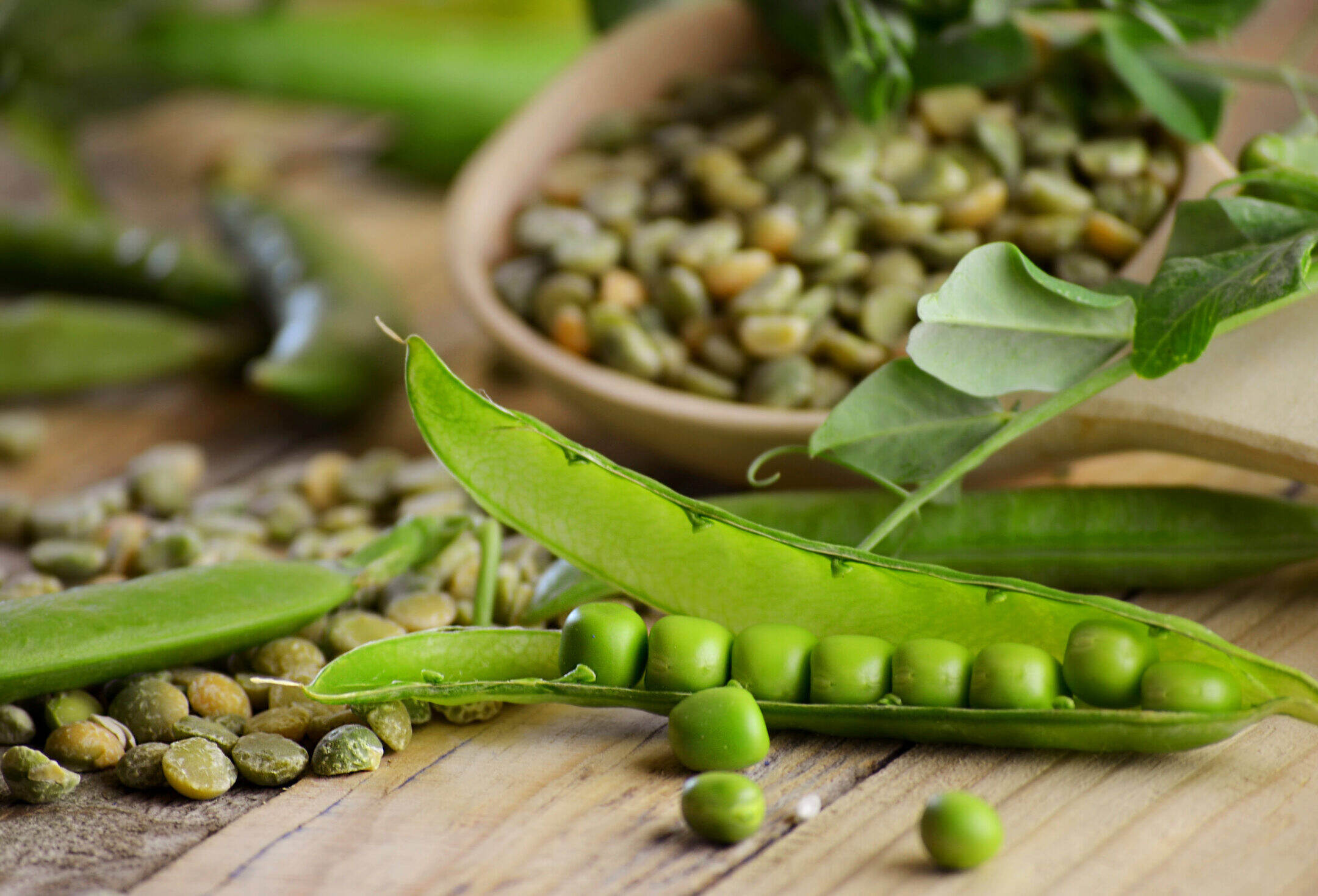
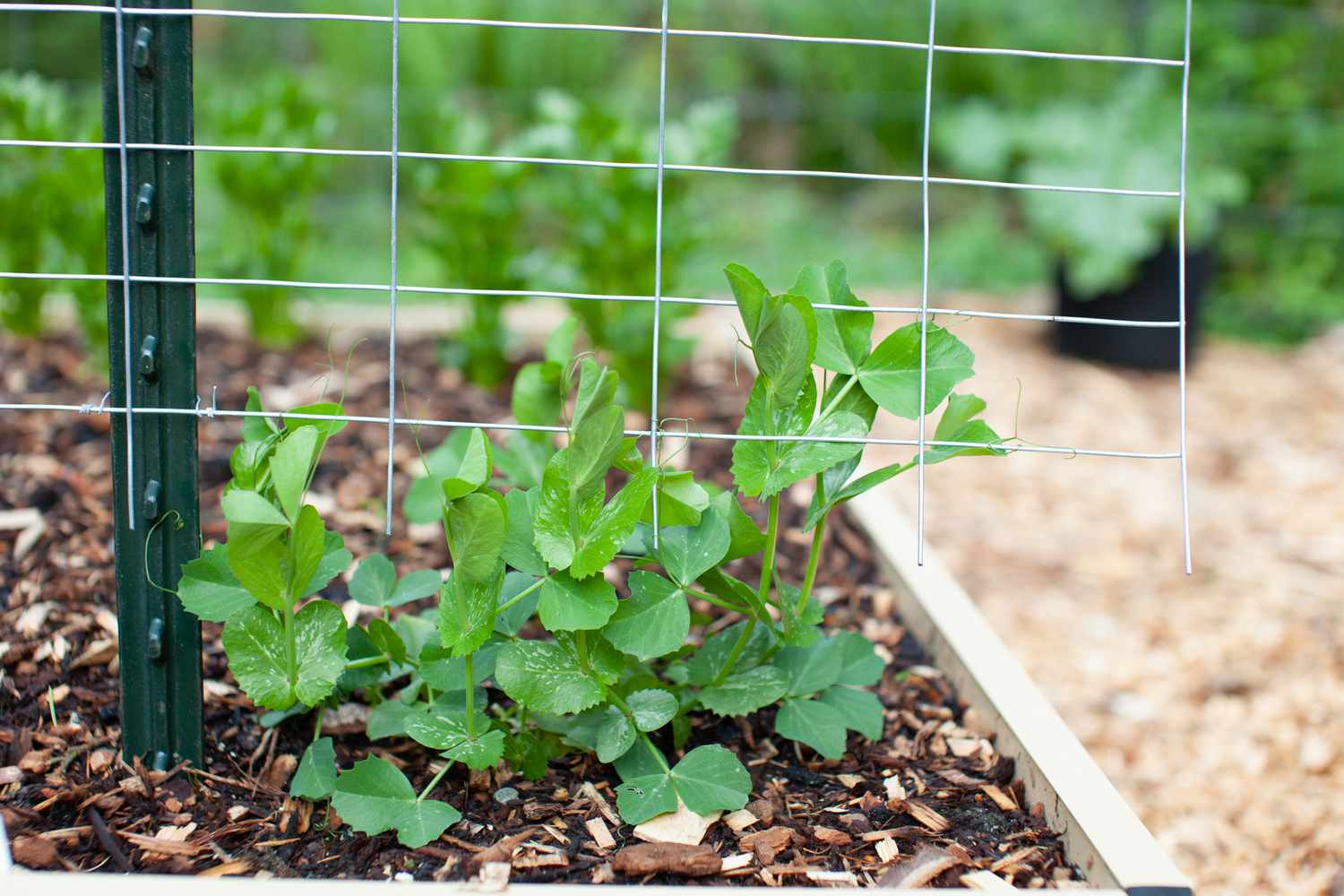
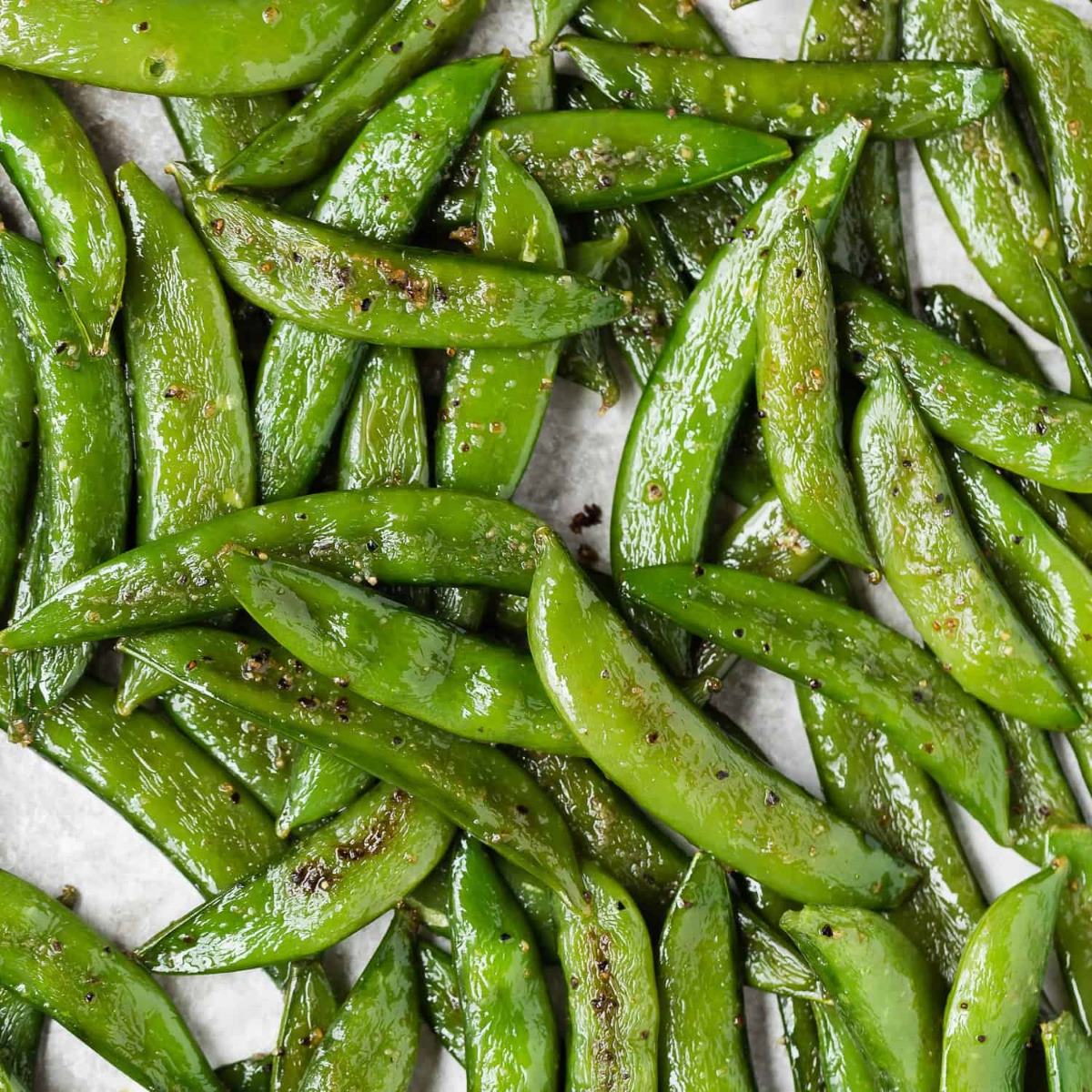
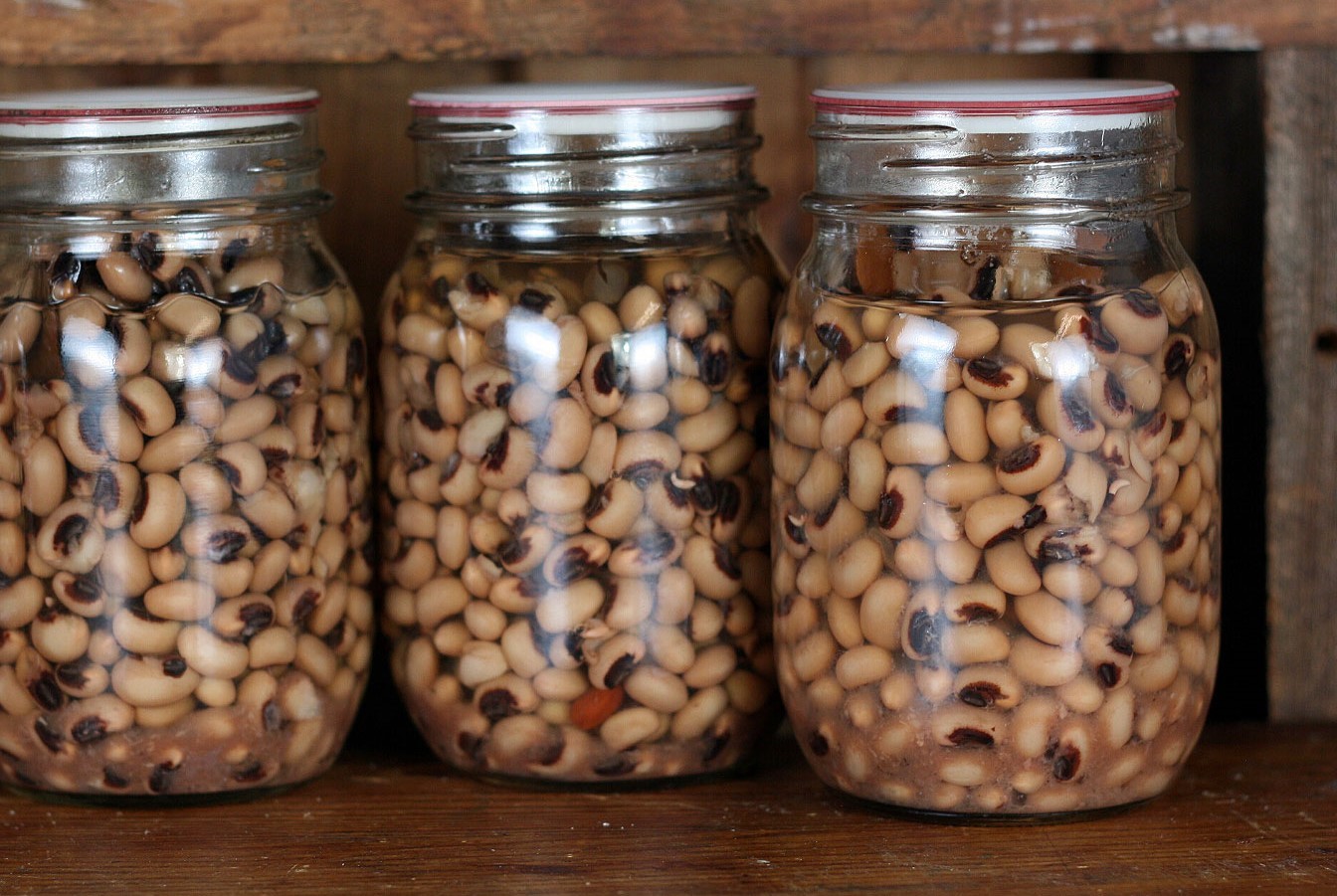
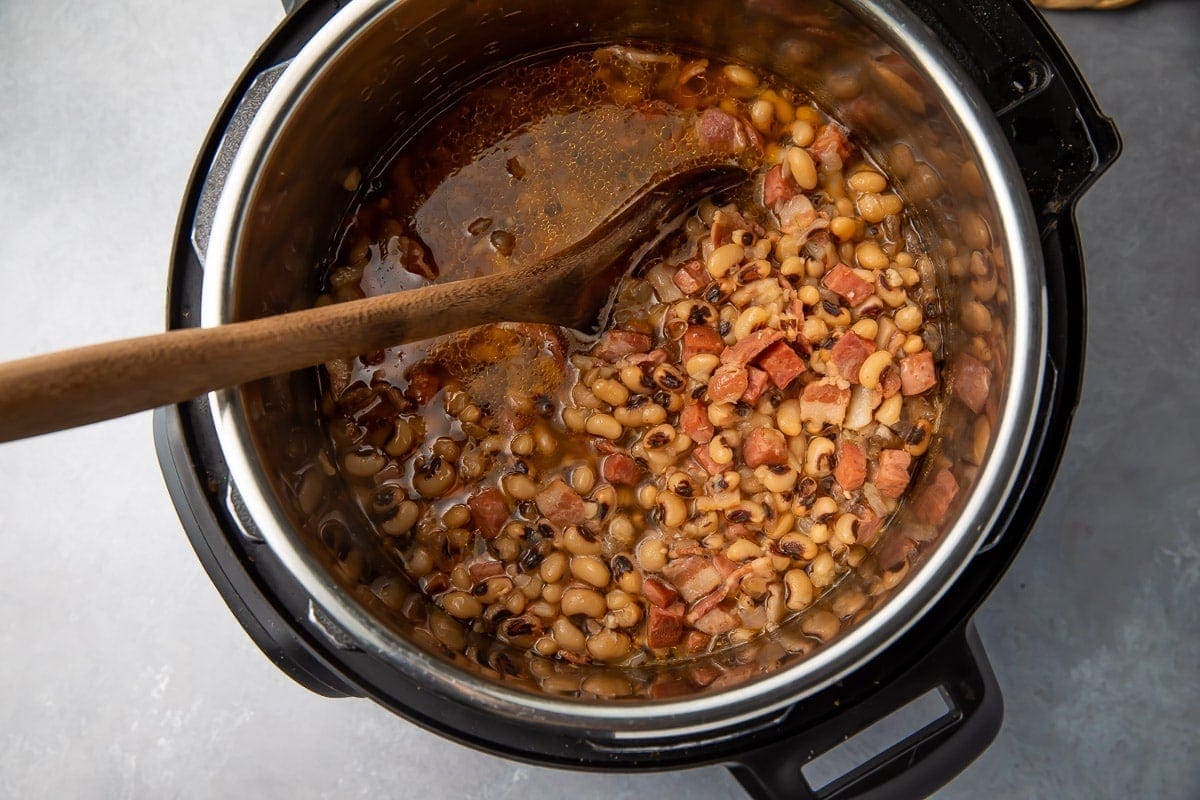
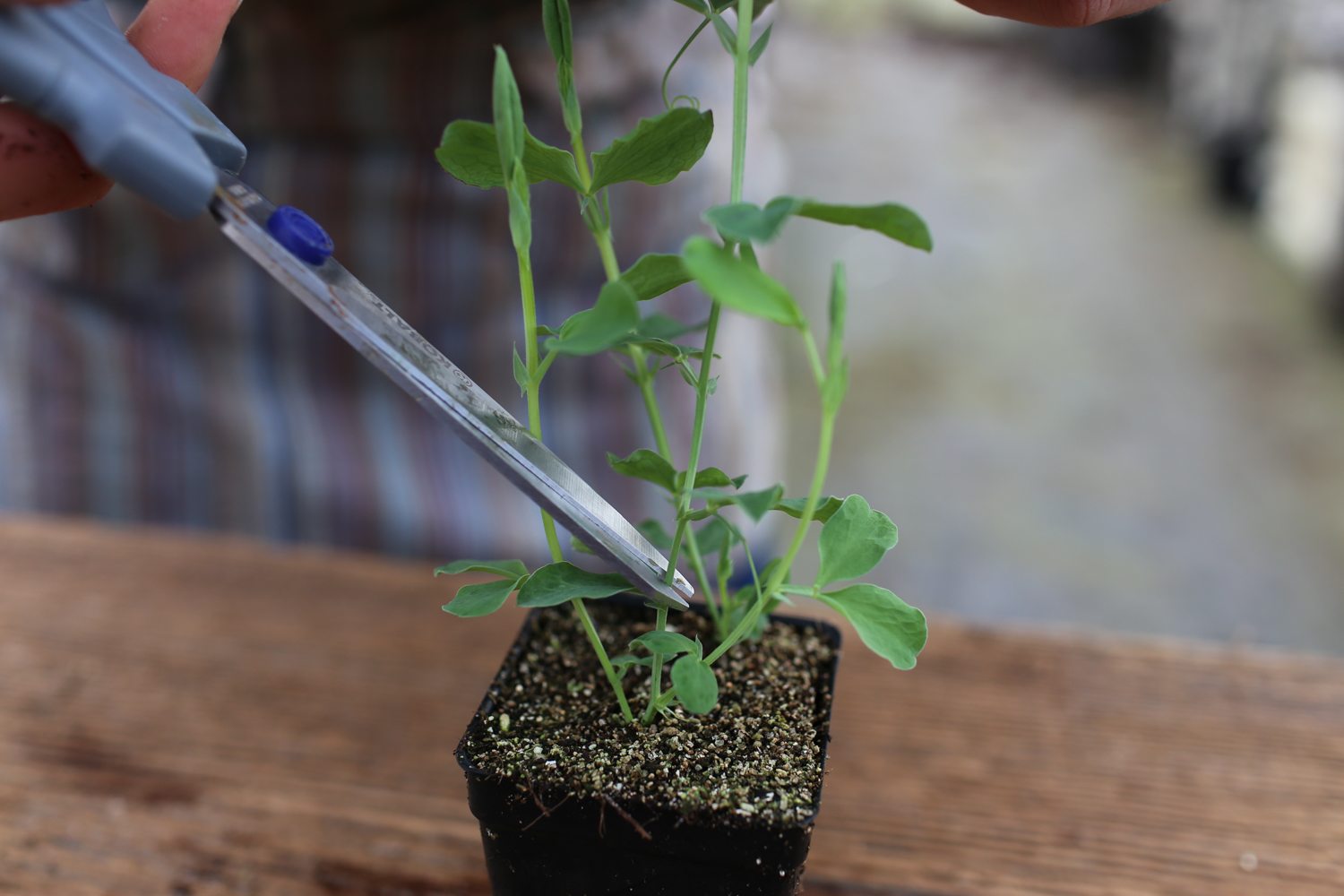

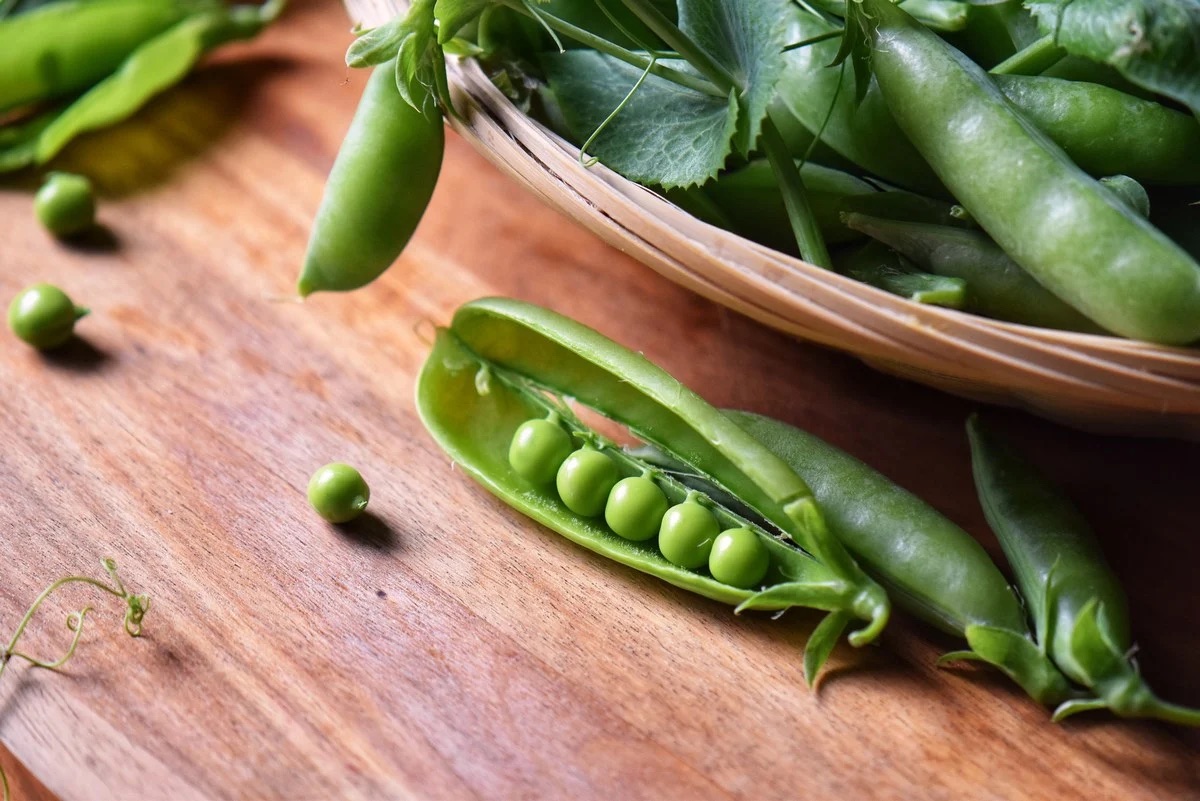


0 thoughts on “How To Cook Garden Peas”